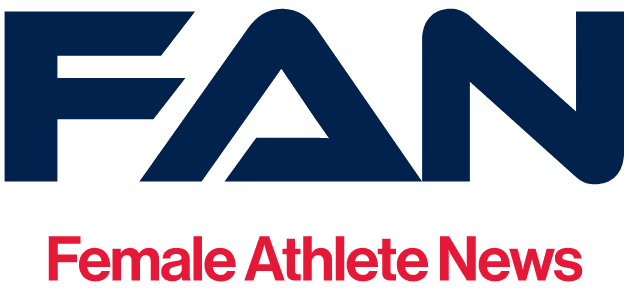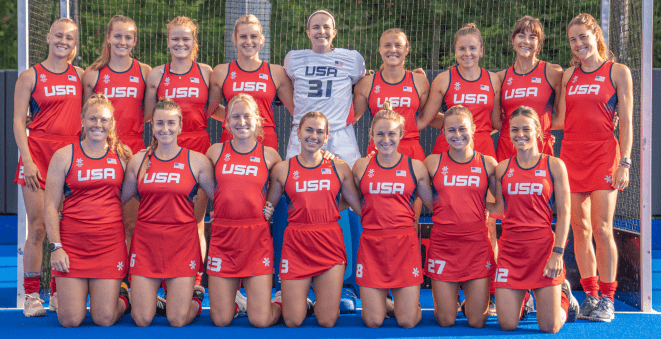As field hockey, better known as hockey around the world, evolves, more opportunities are unfolding for players to develop their skills.
Hockey became an Olympic Sport for men in 1908 and for women in the 1980s, according to USA Field Hockey. Since its inception, the rules have changed course several times upping the pace of the game and increasing the modern application of 3D skills.
At the highest level, the game is comparable to a thrill ride with its dodges, smashing hits, lobbed aerials, and seemingly acrobatic goalies.
USA Field Hockey entered both men (United Wolves) and women (United Eagles) in the first Hockey5s Pan American Cups. They both won gold in nail-bitter finishes. The event was played in Kingston, Jamaica in June.
The new format is five players (four field, one goalie per side) on a reduced-sized court (length and width) compared to the 11 aside game (10 field, one goalie per side) played on a regulation field. Hockey5s also uses rebound boards, comparable to indoor, that can used in the game’s play.
Here’s what USA Women’s Field Hockey Olympian Rachel Dawson and Hockey5s United Eagles head coach had to say about it.
What was your strategy going into the tournament?
“Our strategy going into the tournament was to learn fast and in the moment. We focused on small unit principles of play that mirror the 11s format, specifically the principles being emphasized within the USA Women’s National Team pathway. Our strategic focus was on two simple yet critical questions – how do we create numerical superiority and goalscoring opportunity in attack and how do we prevent the opponent from gaining numerical superiority in defense?
Considering the multitude of contextual unknowns around the format, we knew that adaptability, athlete input and learning in the moment would be the keys to our success. We’d have to make decisions and back what worked and learn from what didn’t. Ultimately, we approached the tournament with a spirit of innovation, respect and responsibility. We welcomed the opportunity to co-create the legacy of the new format in the USA.”
What variances did the players have to adopt to conform to the rules? Were there any difficulties adjusting?
“Like any sport learning environment, athletes and coaches learn from doing and experiencing the game in real time. No one in the group, the staff included, had ever experienced a Hockey5s match prior to the tournament. We played a practice match against Uruguay on our second day in Jamaica and that match provided us with a huge learning opportunity, specifically around the level of mental alertness and physical robustness that the game requires. We used the GROW model to reflect on each experience and mine out the key nuggets of learning that we’d need to progress through the competition. The athletes adapted quickly to the rules and requirements of the game.”
How does it feel to be the first team to secure the gold in the inaugural event?
“Every time a team wears the USA crest, regardless of outcome, they are actively creating the legacy of the crest for the next generation by how they play, approach and respect the game. We took on that responsibility in Hockey5s with great humility and joy. Securing gold was fun because of how we embraced the journey. We embraced the hurdles along the way; we embraced each other. Heck, we even sang the National Anthem a capella after winning gold because the complex experienced a black out. It was sport at its purest and I couldn’t be more thankful and proud to be a part of this resilient, joyful group of athletes and staff.”
What does this say about USA Field Hockey at this moment in time and looking ahead to the 2024 Olympics in Paris?
“I don’t think we can linger too much into what this says about USA Field Hockey at the moment. We have to focus on bold, value-based action across all levels of our sport. We still have work to do in this country to improve our systems for developing American talent both in coaching and playing at the highest level of the game. This is a step in the process; we still have a staircase to climb, and there’s only one way to climb it…step by step.”




